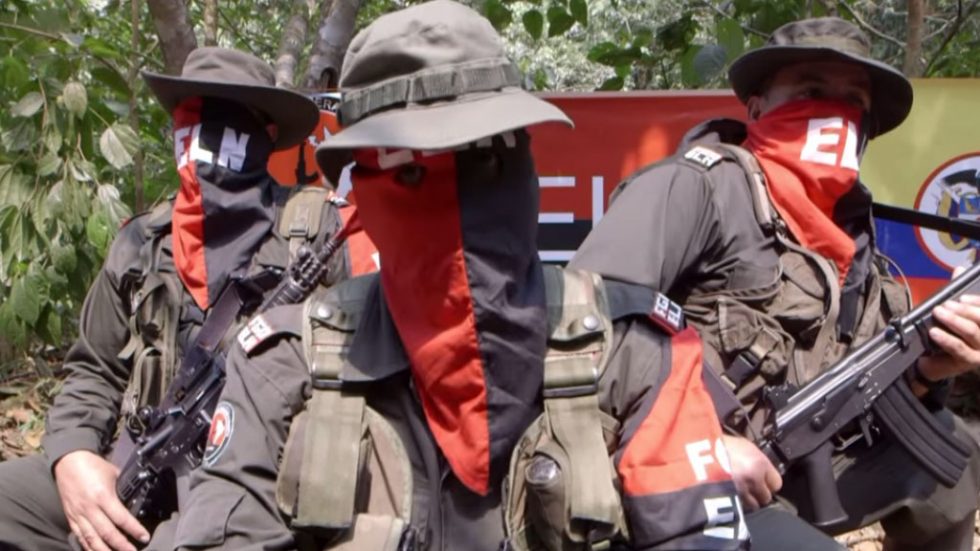Both Colombia’s ELN rebels and the National Government have had to swallow their pride to reach their first bilateral ceasefire after more than 50 years of armed conflict.
The first bilateral ceasefire after half a century of violence took up a significant portion of the seven months both parties have been engaged in peace talks.
Colombia’s ELN rebels agree ceasefire with government ahead of Pope’s visit
The government concessions
The biggest compromise was made by the Colombian government that from the beginning has refused to agree to any kind of ceasefire unless the ELN agreed to demobilize and disarm as part of a final peace deal.
Reality and international pressure forced the administration of President Juan Manuel Santos to agree to the preliminary ceasefire almost a year after the much larger FARC guerrilla group laid down its weapons.
The ELN has been calling for a ceasefire since before the talks formally began in February and, together with other illegal armed groups, had taken territorial advantage of the government’s failure to effectively assume control over abandoned FARC territory.
The government was also forced to promise to come up with measures to increase its efforts to prevent the killing of social leaders at the hands of paramilitary and drug trafficking groups.
While this would be a common duty in most countries, the Colombian government’s lack of grip on public security forced it to put its commitment to protect citizens on paper.
An early alert system would be put in place to allow the state to increase security measures for citizens if they come under threat.
Additionally, the government vowed to effectively improve the humanitarian situation in prisons, allowing detainees — including thousands of ELN members — to receive better healthcare and other basic necessities.
The government was also forced to put on paper to effectively push a law securing the legality of peaceful protest through Congress.
Last but not least, the ceasefire forced the government to comply with the agreement made with the ELN to actively involve Colombia’s civilian population in the peace talks.
The ELN concessions
The ELN’s concessions force the group to respect international humanitarian law, effectively reducing the guerrillas’ ability to continue its armed revolt against the State.
However, the lack of military pressure from the government as a consequence of the ceasefire would allow it to better protect its interests from paramilitary groups like the AGC and the Aguilas Negras, who have been violently vying over territory important for criminal activity with the guerrillas.
The group agreed to put an end to kidnapping and extortion, both among the ELN’s most important sources of revenue at the expense of civilians.
Additionally, the group was forced to end the recruitment of minors.
The ELN also vowed to stop the use of landmines or other explosive devices that could affect the civilian population.
Attacks on oil and other public infrastructure was also banned, primarily benefiting state-run oil company Ecopetrol.
Foreign and religious oversight
To secure both parties’ compliance to the ceasefire, the government and guerrillas agreed to let the United Nations and the Catholic Church to act as observers.
A system incorporating the State, the ELN, the UN and the church would be created to prevent and respond to possible violations of the treaty.
The UN, already in the country to guarantee compliance of the peace deal with the FARC, will have its mandate amplified to include verification of the deal made with the last-standing guerrilla group.
The church’ network of bishops and priests will serve as a secondary monitor of compliance of the pact that in first instance will last until January 12 and extended if progress is made in the talks.


